ELECTRICAL CONSUMABLES
In electrical project applications, many kinds of consumables suitable for their own tasks are used in the assembly of the electrical system. These consumables provide convenience for more efficient and robust assembly of the electrical system to be built. Electrical consumables suitable for the application point are used to connect the cables on the system, to secure their passage on the installation and to protect them from possible negative external factors.
As DCZ Elektrik, we wholesale and export all kinds of Turkish made electrical consumables. You can contact us for more information about consumables and their types.
Cable Tie

Cable ties are used in many ways. Cable ties are extremely versatile because they can be used in many ways and can withstand extreme temperatures. Because of this versatility, they are often used with other devices such as hammers, screwdrivers, pliers and wrenches. They can be used to hold wires on construction sites, they can be used to hold items together, and they can even be used to create temporary structures.
Cable ties today are manufactured using three basic materials: steel, plastic, and nylon. Steel cable ties are generally the strongest type of cable ties. Nylon cable ties are the softest and tend to absorb water. Rubber cable ties are not widely used, but are still used by some manufacturers.
Cable Ferrule
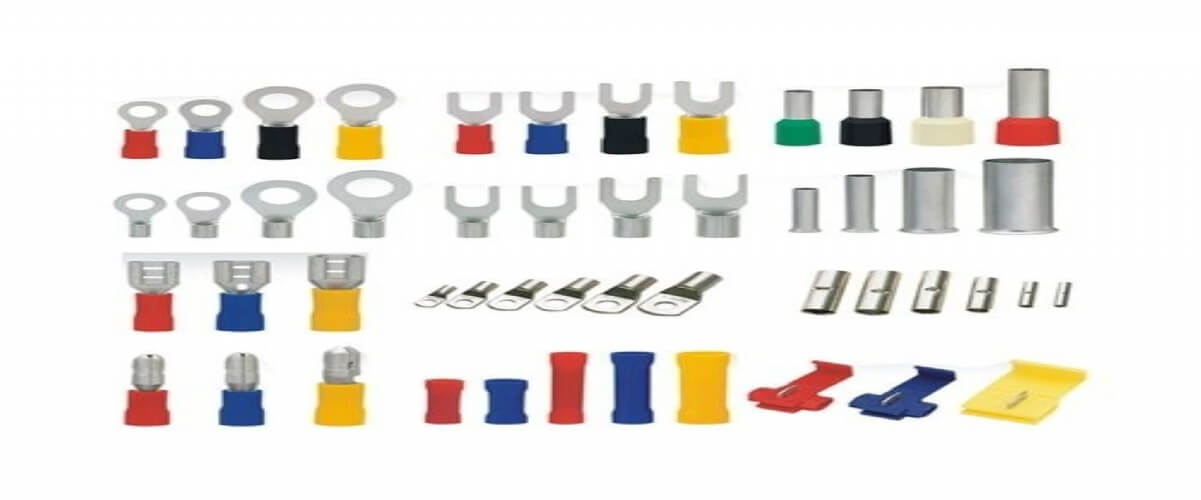
Cable ferrule is a cable fastener used to join two pieces of cable together. A ferrule is placed between the ends of the cables to create a solid connection that will prevent them from splitting. Cable ferrules can be manufactured as male or female depending on whether they are designed to be used with single or multiple cables.
Simple to fabricate and install, and useful for joining large numbers of cables in a short time. A cable ferrule has a hole in the middle where two cables meet. Each cable has a similar connector at the lower end that protects the conductor inside the cable from damage and relieves strain. This structure makes the cable ferrule ideal for joining cables, as it keeps the cables aligned and secure while also providing greater protection to the conductors inside.
Compression Cable Lug
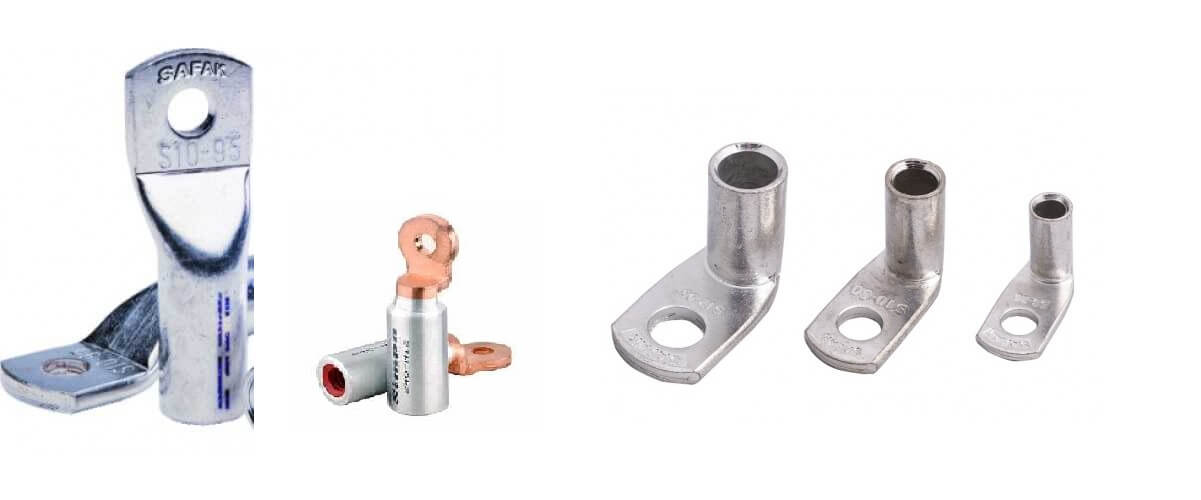
Compression cable lug is a type of electrical fastener used to connect cables together. Compression lugs are used to connect cables together. It is designed to hold two different sized conductors without deforming their shape. Using this type of connector, a safe and solid connection is created between two conductors. Compression shoes are used in many types of power lines.
Electrical Tools
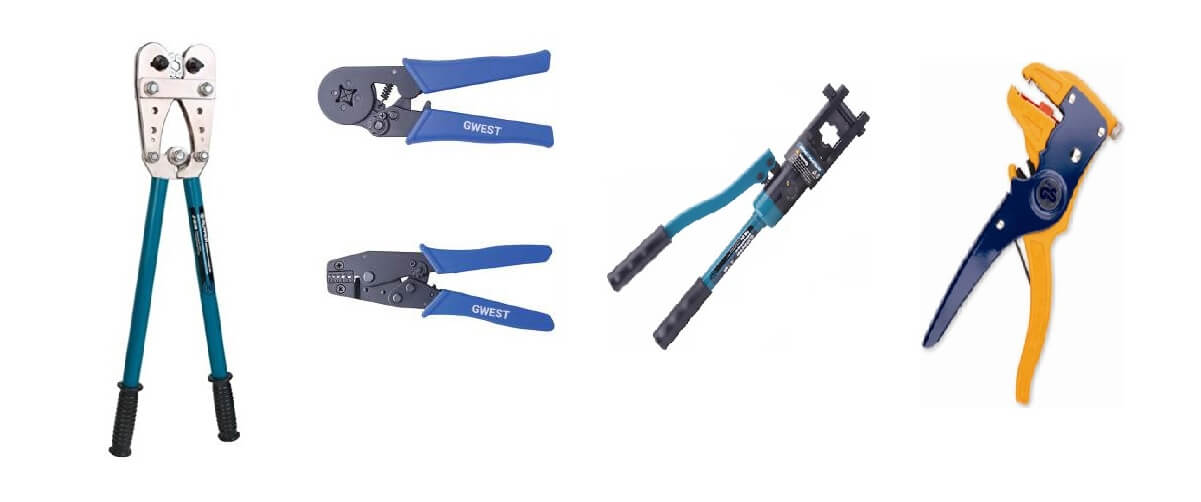
There are many hand tools that can be used to assist in the realization of electrical project applications. Some basic tools are power tools such as pliers, flat head screwdrivers, Phillips screwdrivers, hex wrenches, wire cutters, and wire cutters. These tools are used by electricians to get work done quickly and safely in many applications, from the smallest electrical projects to the largest projects.
Plastic Spiral Pipes
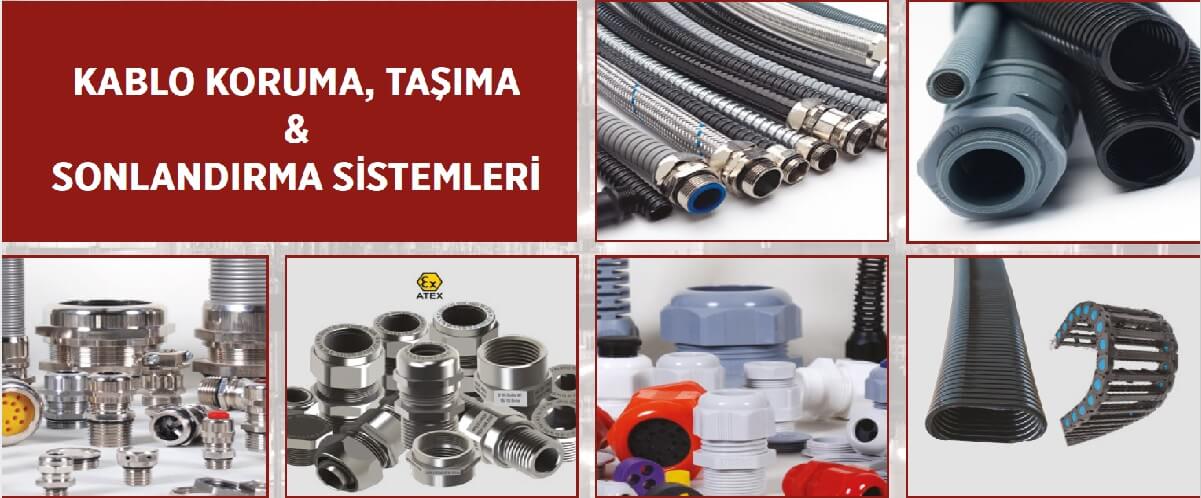
Plastic spiral pipes are protective hoses used against damage to the cables in the electrical installation. These protective pipes are generally made of polyethylene material. It is designed to protect against damage to the cables by sharp corners that may come into contact with the cables. Spiral electrical pipes are used intensively in the machinery manufacturing sector because of the large number of twists in the cable laying in the machine electrical equipment.
Terminals
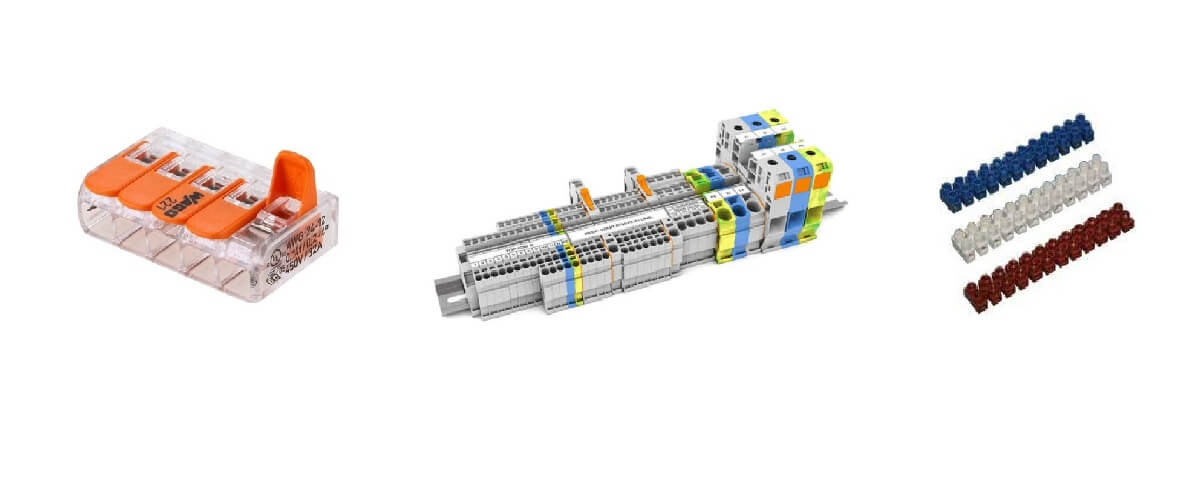
Terminal blocks are an electrical system connector used to connect the cables in the distribution system. It has a number of advantages, including the ability to quickly and easily connect the cable to the distribution board. They also have the positive feature of being able to withstand high voltages and are easily installed. They provide access for connecting power cords to a wall outlet. Cable terminal blocks come in a variety of shapes, sizes, materials and designs. There are two types of cable terminals, screw terminals and push terminals. The screw terminal has a threaded stem that screws into a hole drilled in the wall and is pressed against the back of the flat metal plate covering the wires. Push-in terminal blocks have a slotted head that slides over the cable wire and rubs into place. In either case, the cable must be stripped before being inserted into the opening.
Cable Trays
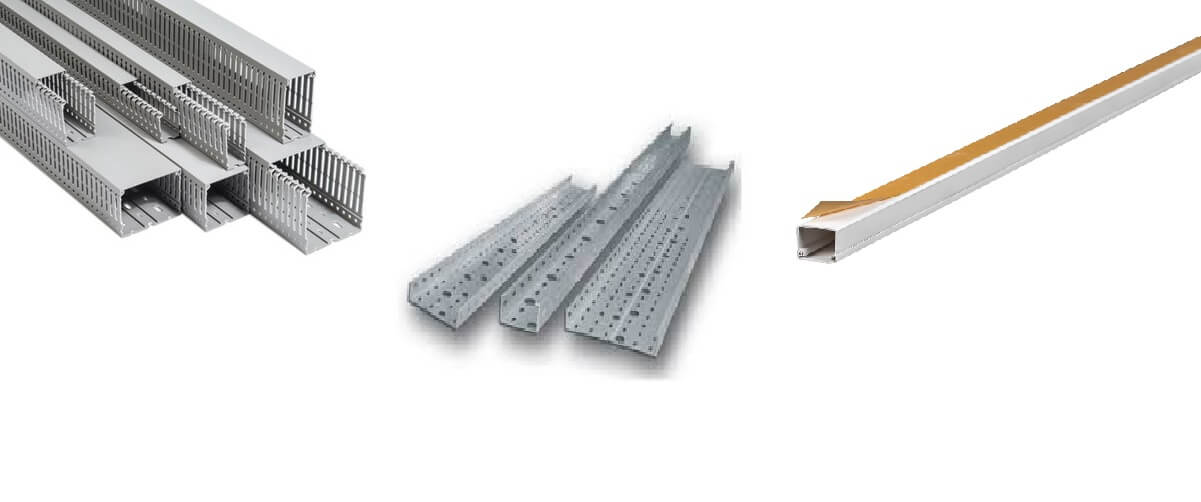
Plastic cable ducts are used in many applications where electrical installation is required. They can be easily installed. They provide protection from external damage and moisture by neatly holding together one or more of the internally-mounted cables. Cable trays are manufactured in different sizes and lengths and are designed to fit perfectly into any environment.
It is very efficient and useful in transporting cables from one point to another in building electrical systems, machine electrical systems. They are usually mounted to walls and floors using screws or nails and can be covered with wallboard, drywall, plaster or other materials.
There are two types of plastic cable trays, rigid and flexible. Rigid cable trays are made of polyvinyl chloride material. PVC is a hard and durable material that can be easily cut with scissors. Due to its hardness, it may require special tools for cutting. Flexible ducts are made of vinyl or polyethylene material produced. The use of vinyl ducts is more common than polyethylene ducts.
Cable Glands
Electrical cable glands are used to prevent electrical short circuits between interconnected electrical cables caused by moisture or similar liquid infiltration. They are usually mounted at the end of each cable and have small diameter holes that allow air to escape while preventing liquid leaks from entering. This structure of the cable glands enables the electrical cables to work properly and efficiently without being damaged by the humidity coming from the external environment and liquids such as machine oil.
